Published on Jul 2, 2019 Neon Captain
Currently on Kickstarter here.
This one was sent my way via Pat. Note although the primary focus of radiator is a laser light synthesizer, it has audio and CV out. I asked Andrew Kilpatrick about the audio out and he had the following to say:
"Normally the outputs would carry the X and Y signals that move the mirrors. I’ve experimented with it quite a bit and generally it sounds like a very stereo drone, but it could be used as a pitched sound source with voltage or MIDI control. The cool part is that you hear what you see, so it’s basically the most true kind of visualization!
We intend to also have modes that modulate the laser to audio or CV inputs, allowing any parameter of the laser patch to be controlled in real-time from another instrument. Radiator is a flexible type of synth with a modules optimized for making vector graphics, but it all works in the audio range so there are many creative possibilities for musicians."
And regarding the CV out:
"The CV outputs let you use the internal LFOs as sources for other synths and effects. Since a laser preset might have some kind of rhythm to it, you could patch this to other gear to have it work in sync."
The following is the official press release for radiator along with some hi-res pics. Click on the them for larger versions:
"The Laser Synthesizer is Here
 A team including a well-known synthesizer designer are bringing back the live laser light show.
A team including a well-known synthesizer designer are bringing back the live laser light show.Montreal, Canada - July 8, 2019 - Back in the 1970s live laser light show performances became a phenomenon around the world. Usually presented in planetariums with rock music soundtracks, the laser light show featured the then-new technology of lasers in stunning visual performances. A skilled "Laserist" at the controls would create a dance of light so incredible that fans would return time and again to experience the magic.
 As the industry became more automated, the Laserist was eventually replaced by a computer and playlist, and the canned shows stopped attracting audiences. The live laser light show faded into obscurity. But with more studio musicians taking their shows on the road, the need for unique visuals is bigger than ever. Lasers can create unique and breath-taking images using signals that are more closely related to electronic music than video.
As the industry became more automated, the Laserist was eventually replaced by a computer and playlist, and the canned shows stopped attracting audiences. The live laser light show faded into obscurity. But with more studio musicians taking their shows on the road, the need for unique visuals is bigger than ever. Lasers can create unique and breath-taking images using signals that are more closely related to electronic music than video.A new product called radiator from Neon Captain is currently raising funds on Kickstarter to build a live laser synthesizer aimed at inspiring a new generation of Laserists. An electronic musician with a good eye for visuals can easily learn how to create laser light shows to complement a music performance. And full connectivity with analog and MIDI-based equipment means that synchronizing lasers to music has never been easier. The stand-alone device produces signals that work with low-cost laser projectors now available on the market. A complete system is affordable and portable enough for any performer.
Neon Captain is a small team of artists and developers including Andrew Kilpatrick of Kilpatrick Audio. The team is located in Montreal, Canada and Santa Fe, New Mexico.
The radiator project is raising funds on Kickstarter from now until August 8, 2019."
 Specifications:
Specifications:- Laser synthesizer for live laser and vector graphics performances
- Outputs full-bandwidth ILDA signals compatible with any standard mono or RGB ILDA laser projector - uses a standard DB-25 connector
- Internal processing using the latest in embedded DSP technology
- External control of radiator is possible via MIDI or Control Voltage (CV) input jacks
- Daisy-chain multiple radiators together using MIDI for synchronized control
- Audio output jacks (1/4") for hearing the actual laser signals!
- Audio inputs jacks (1/4") for syncing radiator to music
- USB host port for connection to small laser systems such as LaserCube
- Ethernet port for connection to EtherDream laser DAC - permits long cable runs to projector
- Small internal color LCD screen for managing presets, configuration, and viewing a real-time preview of laser output
- Internal flash memory for storing presets - can be uploaded and downloaded via web-based application
- USB port for firmware updates, data transfer and MIDI connectivity to a PC or Mac
- Solid construction with metal enclosure - outline approx. 38cm x 23cm (15" x 9")
- Power supply included - offered with either US or EU-style plug (depending on your country)

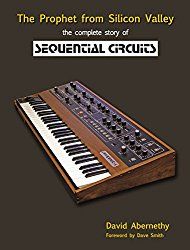
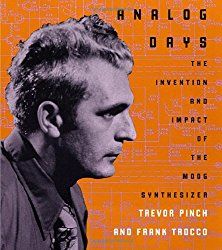
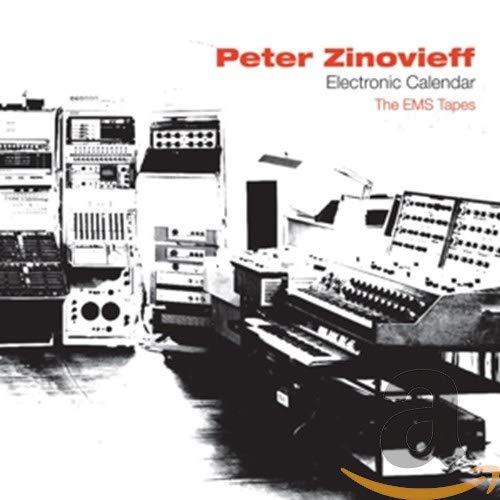
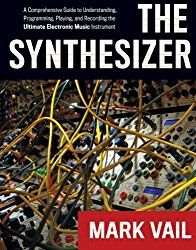
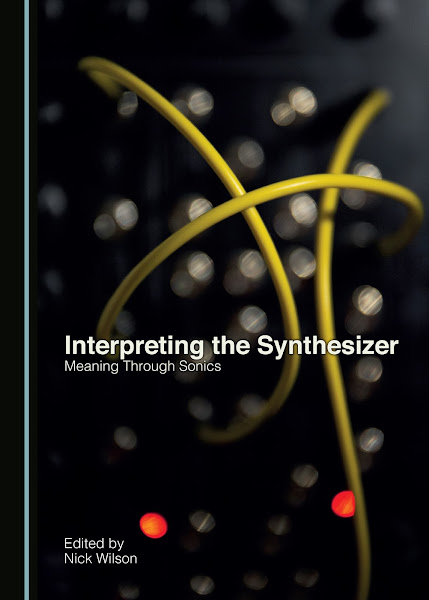
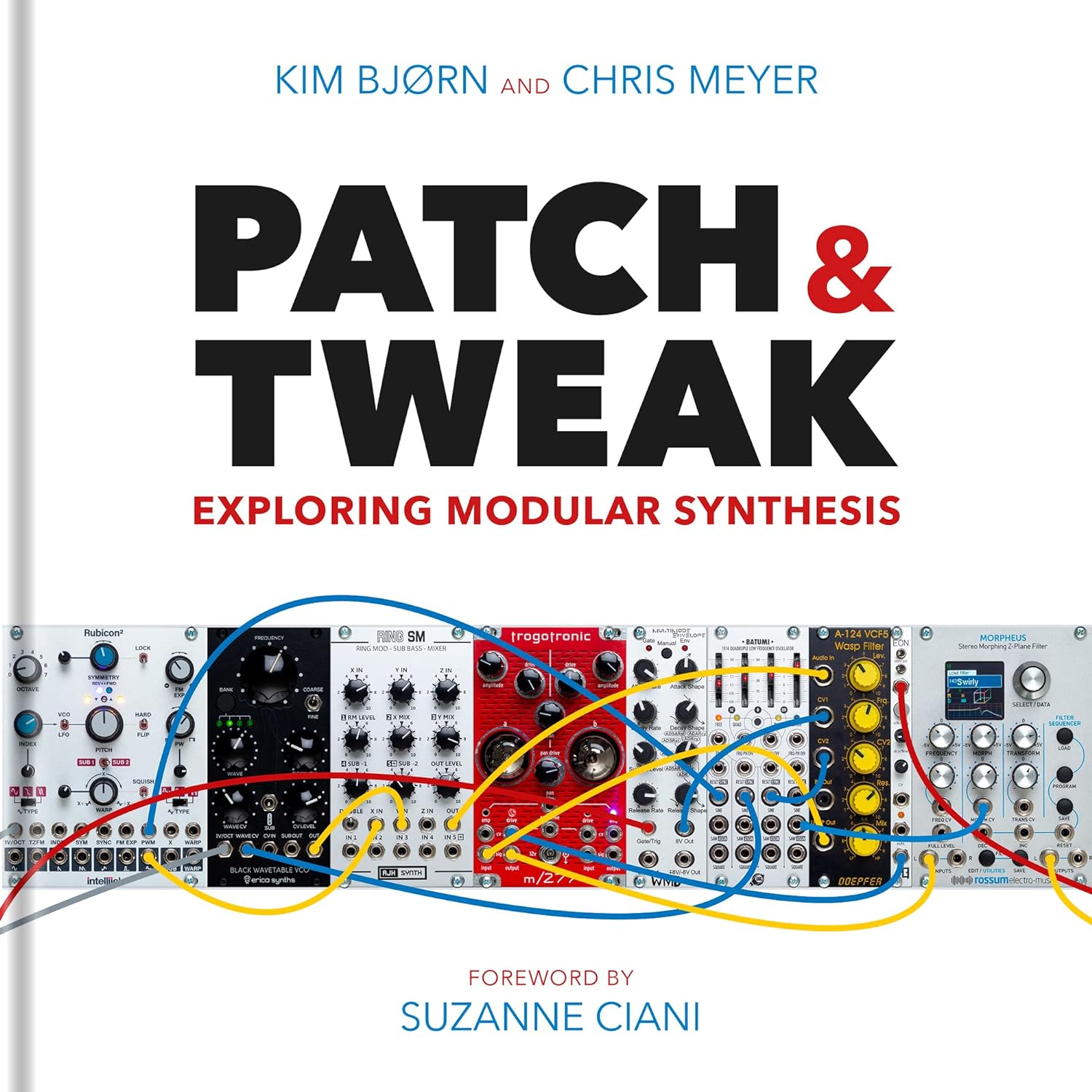
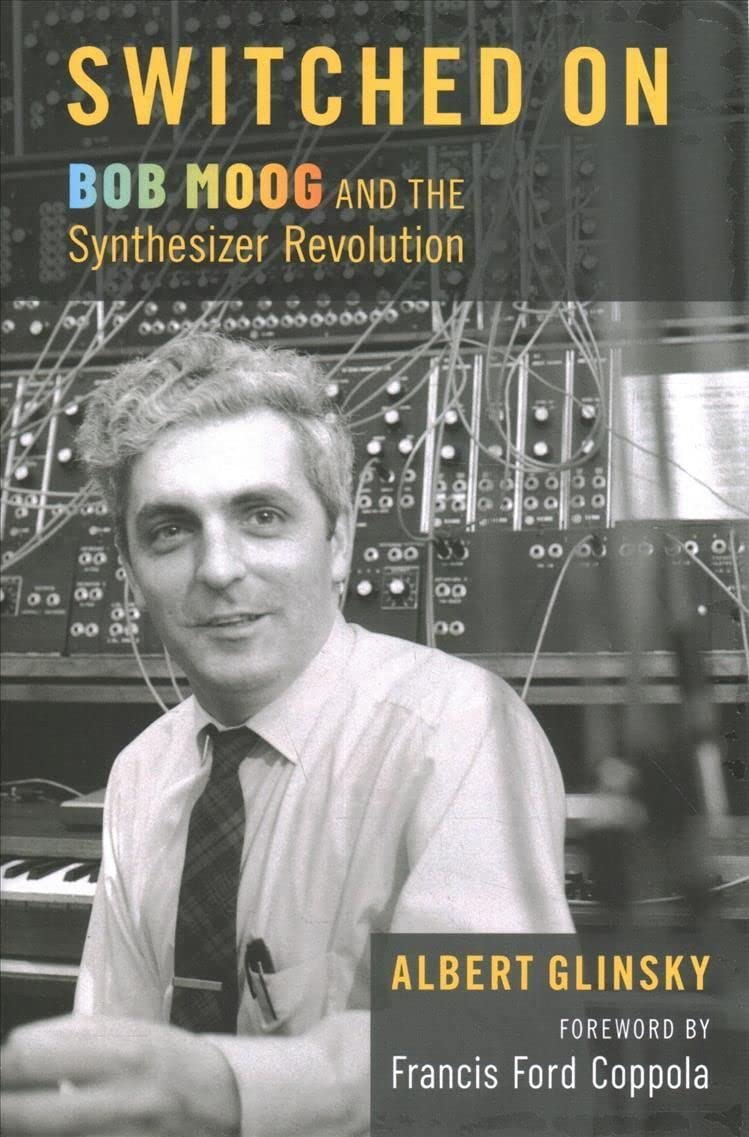
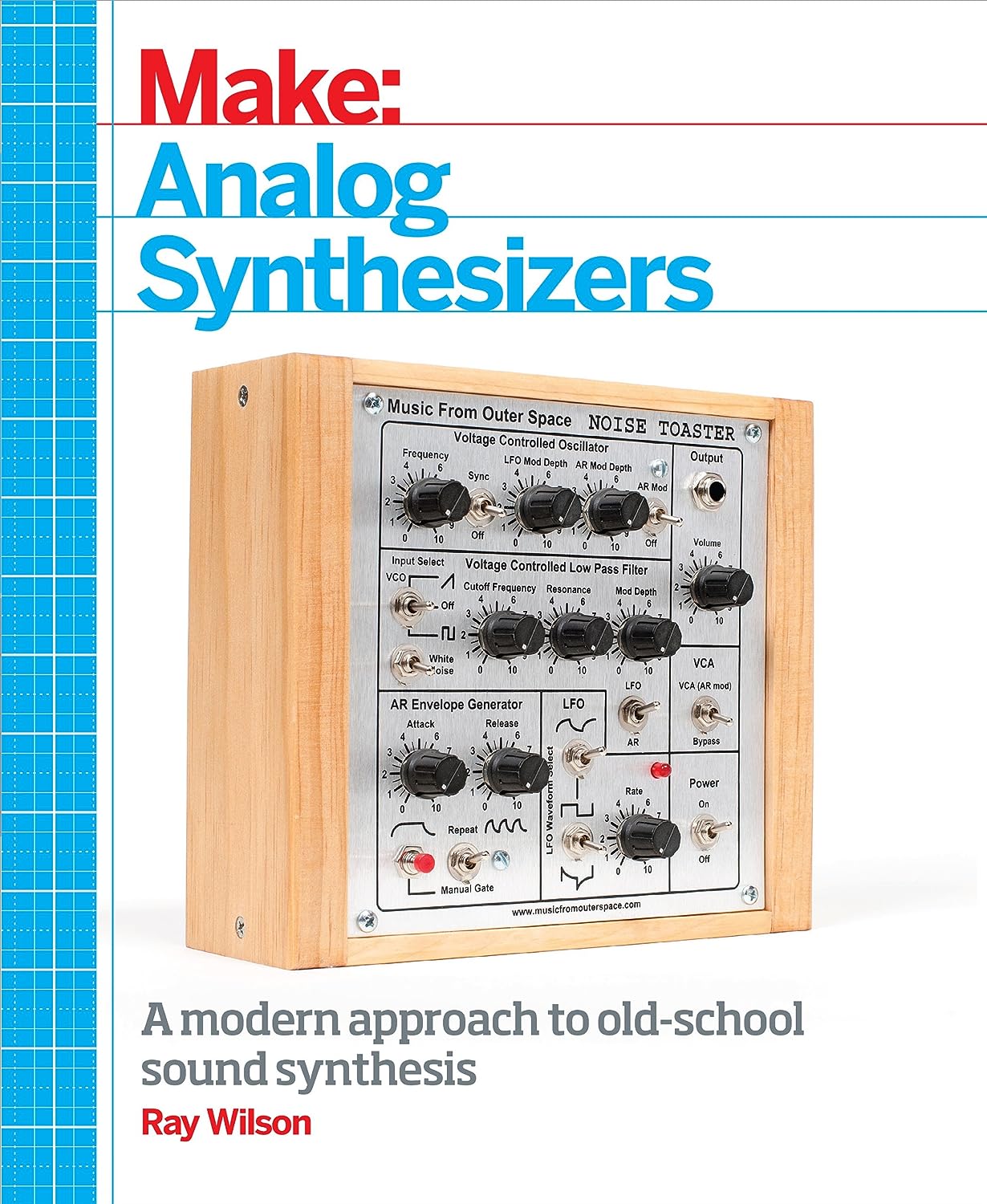
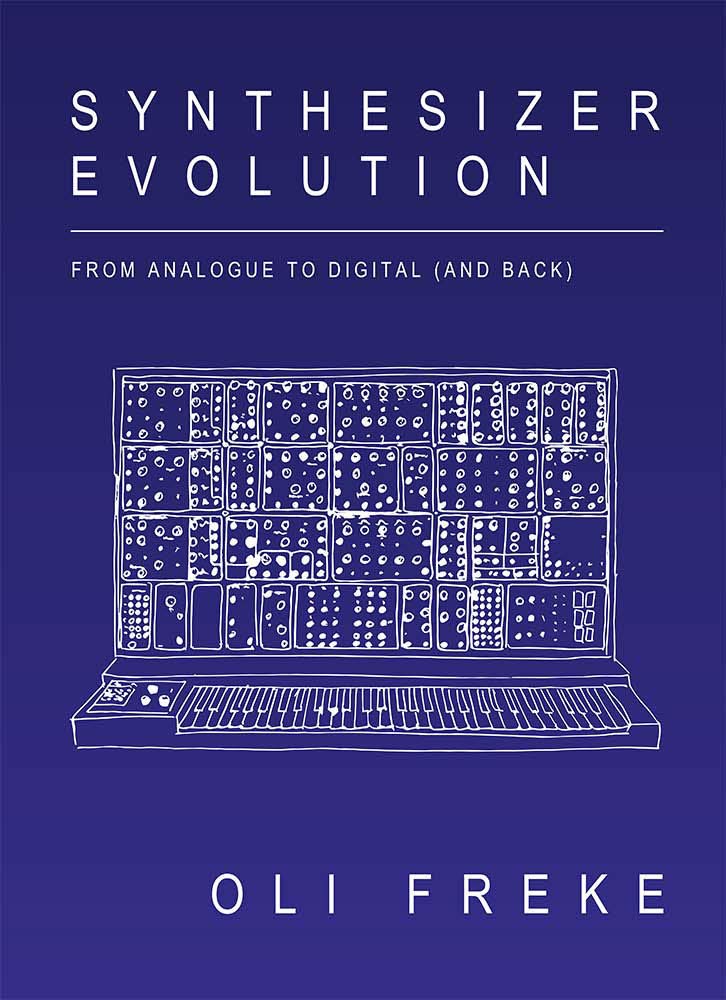
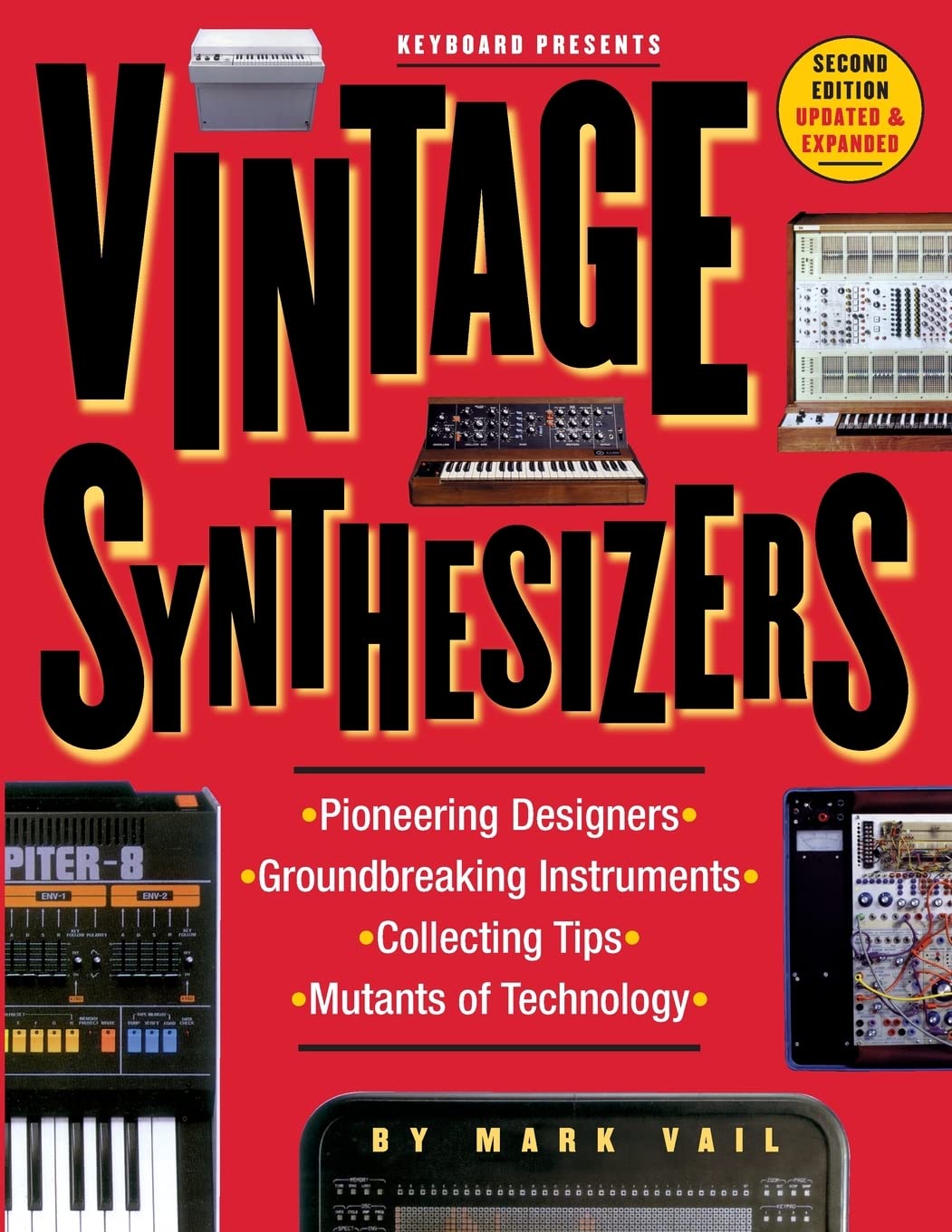
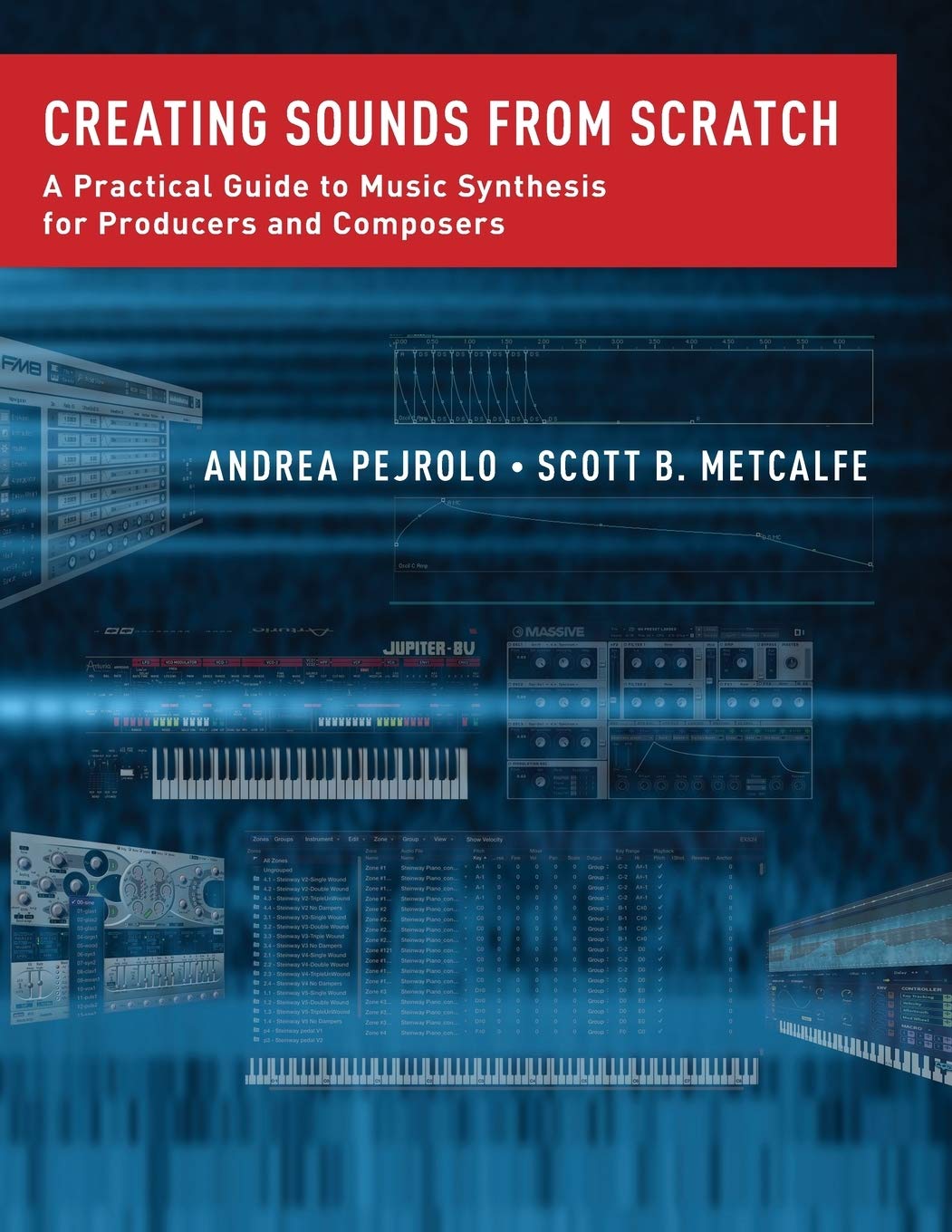
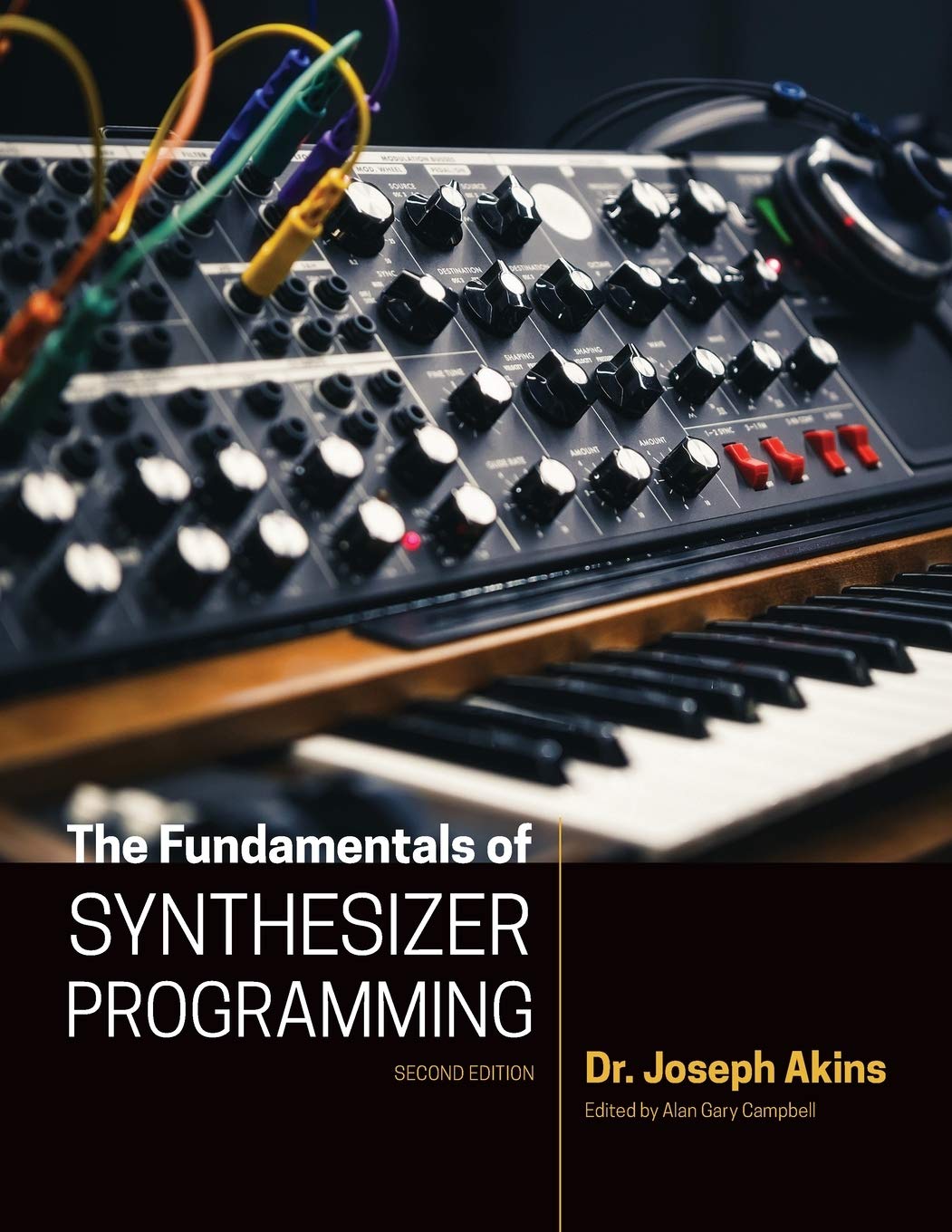















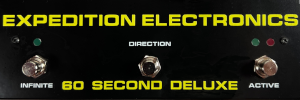
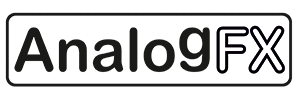









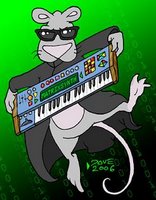
No comments:
Post a Comment
Note: To reduce spam, comments for posts older than 7 days are not displayed until approved (usually same day).